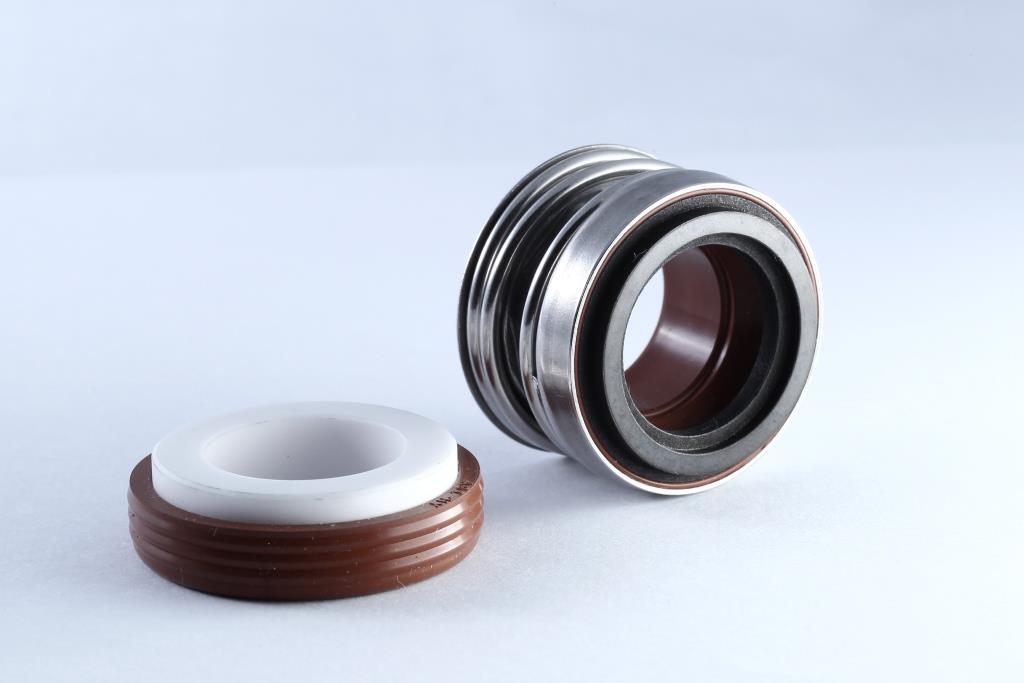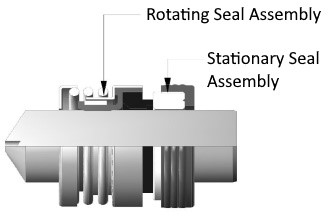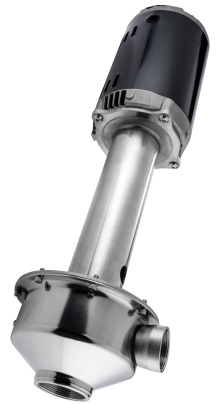How to Select the Right Jet Pump Motors for Your Commercial Pump Application
- By Matt Beckerdite
- Oct 10, 2024

If you want your manufacturing operation to continue running smoothly, you need to be able to select the right electric motors for your applications. Jet pump motors come in all shapes and sizes, and the wrong motor might not only cost you money, but bring your operation to a halt. Unfortunately, many manufacturing leaders aren't sure exactly how to select electric motors, and they aren't even sure what they need for their organization.
So how exactly are you supposed to select the right jet pump motors for your commercial application?
Top Priorities for AC Electric Jet Pump Motors
There are many types of electric motors available, from a wide range of manufacturers. Before you can choose the “right” fit for your needs, you should nail down your priorities.
Typical priorities for buying jet pump motors include:
- Specialization/application. Are you going to use this pump motor for a [MB3] water pump? Or a commercial dishwasher pump? Or something else entirely? If you use a motor in the wrong application, it could cause devastating results[MB4] . Even in a best-case scenario, it's going to compromise your productivity and temporarily interfere with your ability to keep things running. In a worst-case scenario, you could be a major safety hazard, threatening your entire workforce.
- Reliability/quality. Obviously, you'll also need to think about reliability and quality. Even within the same category, some motors are strictly better than others. They can withstand harsher conditions, they don't need as much maintenance, and they could last for years longer than their counterparts. All other factors being equal, it's important to choose the most reliable, highest quality motor you can afford.
- Price. Speaking of affordability, you'll need to think about prices as well. This is especially true if you're buying multiple jet pump motors for your systems. Choosing the cheapest pump motor on the market usually isn't ideal, since it will force you to compromise on other factors. But at the same time, it's a good idea to compare cost so you can get the best deal on a pump motor for your specific application.
Key Motor Elements to Consider
Centrifugal pumps, fire sprinkler pumps, chiller pumps, and commercial dishwasher pumps are just a few of the types of pumps that could need a motor to function properly. Your application is going to dictate what type of motor you need.
These are some of the most important considerations:
Specific application needs.
One of the first things you'll need to think about is your specific application and its motor needs. For example, do your motor need to be compatible with a Variable Frequency Drive (VFD)? Does your motor need to be able to withstand a certain ambient temperature? Does your motor need to fit into a specific physical envelope? What size do you need and how much horsepower is required to meet your overall system’s needs?
Environment.
Some motor enclosures are more resistant to humid and/or hot environments than others. In general, the more protection against the elements your motor offers, the more expensive it will be. A totally enclosed fan cooled (TEFC) motor or Washdown Duty motor will often prevent your motor from failing prematurely due to water damage, but you’ll need to consider the specific application and how vulnerable your motor is. Consider consulting with one of our experts for more information.
Pump efficiency.
Some motors are more energy efficient than others. Though not always the case, higher efficiency motors can be more expensive, so this is a tradeoff you'll need to consider. In many cases, higher efficiency components end up paying for themselves, but the math depends on your specific application, the duty cycle of the motor, and how long you plan on using them. Consider consulting with one of our experts for more information.
Construction materials.
Jet pump motors can be made from a wide range of materials, each of which has advantages and disadvantages. Some motor materials are more resilient, some are more cost effective, and some are particularly suited to specific applications. Consider your options carefully and choose the best fit for your needs.
Manufacturer.
Next, consider the manufacturer of the motor. Two motors that are otherwise identical may have very different levels of reliability due to how they were manufactured and quality checked. It's important to work with a manufacturer that you trust, and one with a reputation for quality work. American Stainless Pumps, Inc has decades of experience with several manufacturers, across multiple factories. We can help you select the best motor for your application.
Maintenance requirements.
Research the maintenance requirements of the jet pump motors you're considering. More complex jet pump motors and jet pump motors in more demanding applications are typically going to require more maintenance, which is something that needs to factor into your equations.
Availability.
You may also need to think about availability. If there are supply chain issues or other economic variables that interfere with the availability of jet pump motors, your first choice may not be immediately available. If you have urgent needs, you may be forced to make a compromise.
Cost.
Finally, you'll need to think about cost. This is the last item on the list because you may not have much wiggle room in what type of pump motor you buy. It's important to prioritize application specificity, quality, and type above price. Only then can you start conducting price comparison analyses in pursuit of the best deal.
There are a lot of factors to consider here, some of which may be beyond the scope of your current understanding. That's why it pays to work with a pump motor expert, who can help you evaluate your needs and choose the right pump motor for your manufacturing company.
Are you ready to buy stainless steel jet pump motors for your stainless steel pumps, chiller pumps, or other commercial applications? The best course of action is to talk to an expert who can help you find the perfect fit for your needs.
If you’re ready to get started or if you’re interested in a free quote, contact us today!




